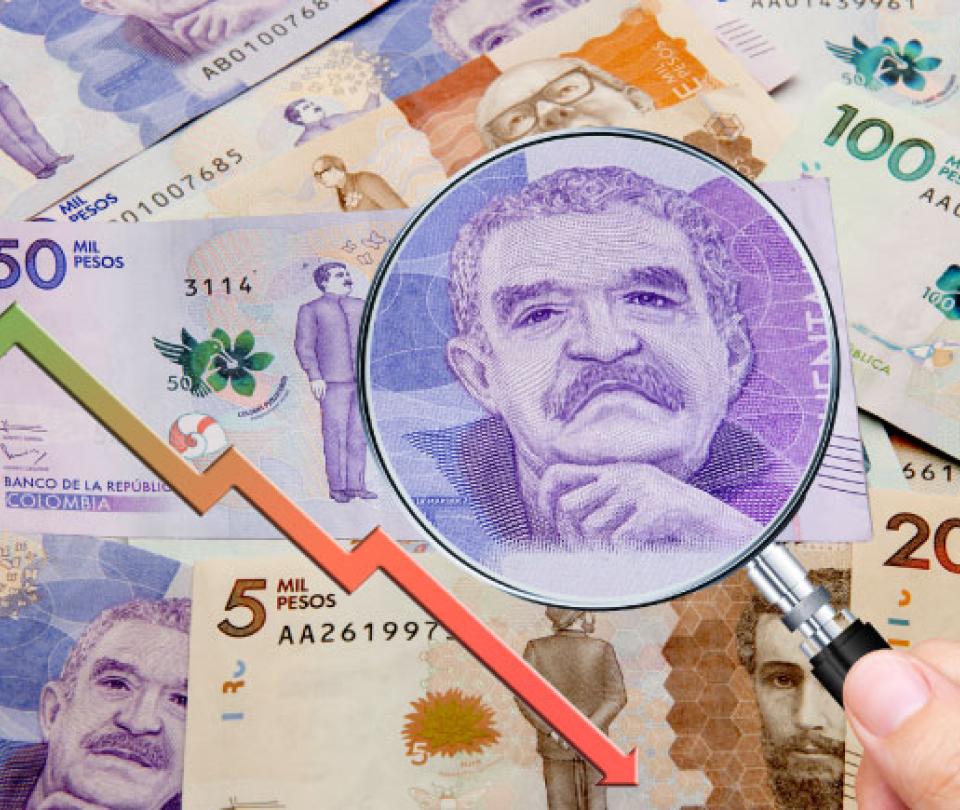This week the dollar rebounded again and approached 5,000 pesos. Barrier that broke in 2022 when it reached a value of 5,400 pesos. On the day of February 17 it closed with a average price of 4,919.42 pesos46.91 pesos less than the TRM of the day.
(Read: What to invest in in 2023 given the high volatility of the dollar).
During the week, the dollar earned more than 100 pesos, since the TRM of Monday the 13th was 4,777 pesos. And, comparing the average trading prices of Monday ($4,818) and Friday, the exact increase was 101.42 pesos.
Although the dollar has strengthened in different Latin American countries, in Colombia it has done so more forcefully. In the course of February The Colombian peso became the world currency that loses the most against the dollar, according to information from Bloomberg.
In the second month of 2023 the most depreciated currencies in the world are: the Lebanese pound (-89.91%), the Russian ruble in second place (-6.09%) and thel Colombian peso (-5.14%).
(In addition: For these reasons Colombia had a GDP of 7.5% during 2022).
Bloomberg also revealed thatAmong the currencies of Latin America, the Colombian peso is the one that has been depreciated the most against the dollar so far in February. It is followed by the Argentine peso, -2.99%, and the Brazilian real -2.76%.
However, with respect to emerging market countries, the local peso is the second that loses the most value against the dollar. In this case, the first is the Russian ruble.
For its part, the Bank of the Republic reports that so far in 2023 the peso Colombia accumulates a depreciation of 1.41% against the foreign currency. Although it remains in positive territory, the difference is getting smaller.
(Keep reading: The dollar in Colombia closed the week with a rise of more than 100 pesos).
It should be noted that the beginning of the year began with a strengthening of the peso that has been losing in recent weeks. For Ana Vera, chief economist at IN ON Capital, in an interview for ‘Bloomberg Línea’, the positions more restrictive of central banks and protests in the country They have made the dollar more expensive.
“Colombia has been devaluing due to the lower dynamics of local economic activity and the recent protests that highlight the turbulence that the country faces to reach consensus at the government levelVera said.
On the other hand, Diego Gómez, Corficolombiana analyst, in an interview for ‘Bloomberg Línea’, said that although this trend is marked by a global component, lto uncertainty about the reforms that are coming in the country have greatly impacted the local currency.
“Uncertainty does not allow the Colombian peso to correct the punishment it has suffered against other currencies in the region since last year,” the expert pointed out.
BRIEFCASE







![[Img #74683]](https://thelatestnews.world/wp-content/uploads/2024/12/The-main-mistakes-to-avoid-when-betting-on-electronic-sports-150x150.jpg)







